Potty training is a significant developmental milestone that marks the transition from diapers to independent toilet usage.. Knowing when your child is ready to embark on this journey is crucial. In this article, we come up with a thorough explanation of all aspects of potty training readiness. It will give parents the knowledge they require to effectively manage this exciting stage.
The developmental milestone of potty training is more about identifying each child’s individual readiness signs than a single, “right” age. Parents and other caregivers frequently get a lot of advice that toddlers develop at different rates. So, it is important to look for the right balance between willingness, physical ability, and mental understanding. It takes patience and confidence to embrace this shift by being alert to small signs, such as a child’s curiosity or regular dry periods. Parents who understand the details of potty training readiness can help their children have an easier and more enjoyable transition. This way they can turn this important milestone into a joyous occasion rather than a frustrating challenge.
1. Recognizing the Signs of Readiness
a. Age: A General Guideline
Although age can be a rough indication, it is important to understand that every child’s readiness timeline is different. Focus on developmental signs that show your child is ready for potty training rather than just age alone.
b. Physical and Motor Skills
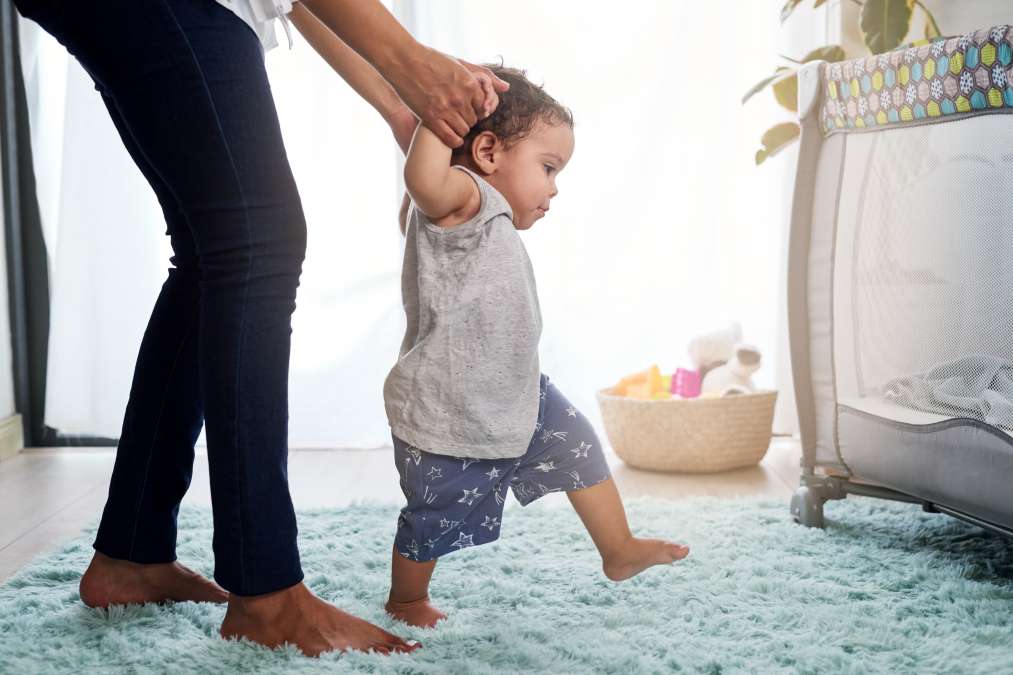
Physical activities greatly influence preparedness for potty training. The ability to walk confidently and independently pull down pants demonstrates the physical maturity needed for toilet usage.
c. Cognitive and Emotional Milestones
When your child can understand and follow simple directions, express the need to use the restroom, and show curiosity in imitating adults using the toilet, it indicates mental and emotional readiness.
Also read: Signs Of Readiness: Toilet Training For Toddlers
2. Communication and Language Development
a. Articulating Needs: The Verbal Cue
To convey their need to use the bathroom, your child must be potty-trained and ready. Effective communication, whether through words, gestures, or facial expressions, is crucial.
b. Sensation Awareness: Wet and Dry
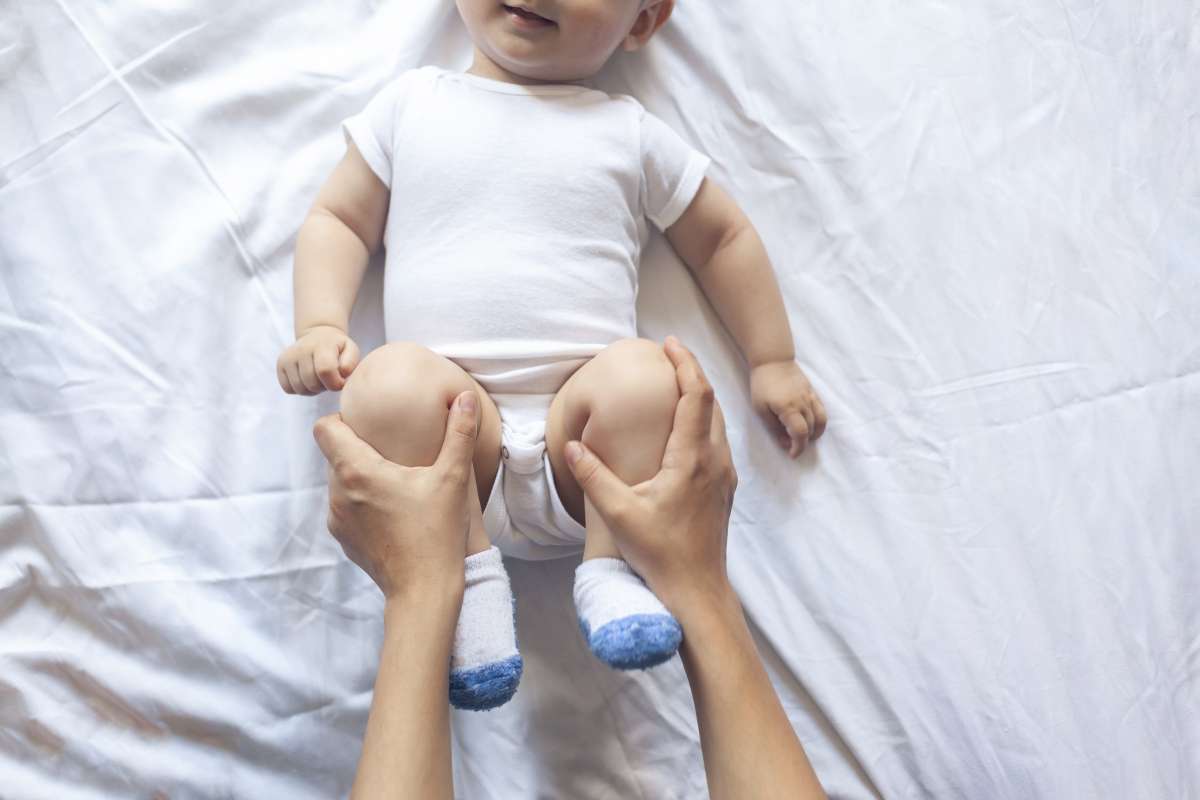
Children who know the concepts of wetness and dryness are frequently more prepared for potty training. This knowledge helps people understand the idea behind using the bathroom.
Also read: Diapers To Underwear: A Parent’s Guide To Potty Training
3. Potty Training Readiness: Interest and Imitation
a. The Curiosity Spark
Children who are potty-training-ready frequently have questions regarding the toilet. They might display curiosity and possible readiness by watching older siblings, parents, or caregivers use the restroom.
b. The Power of Mimicry
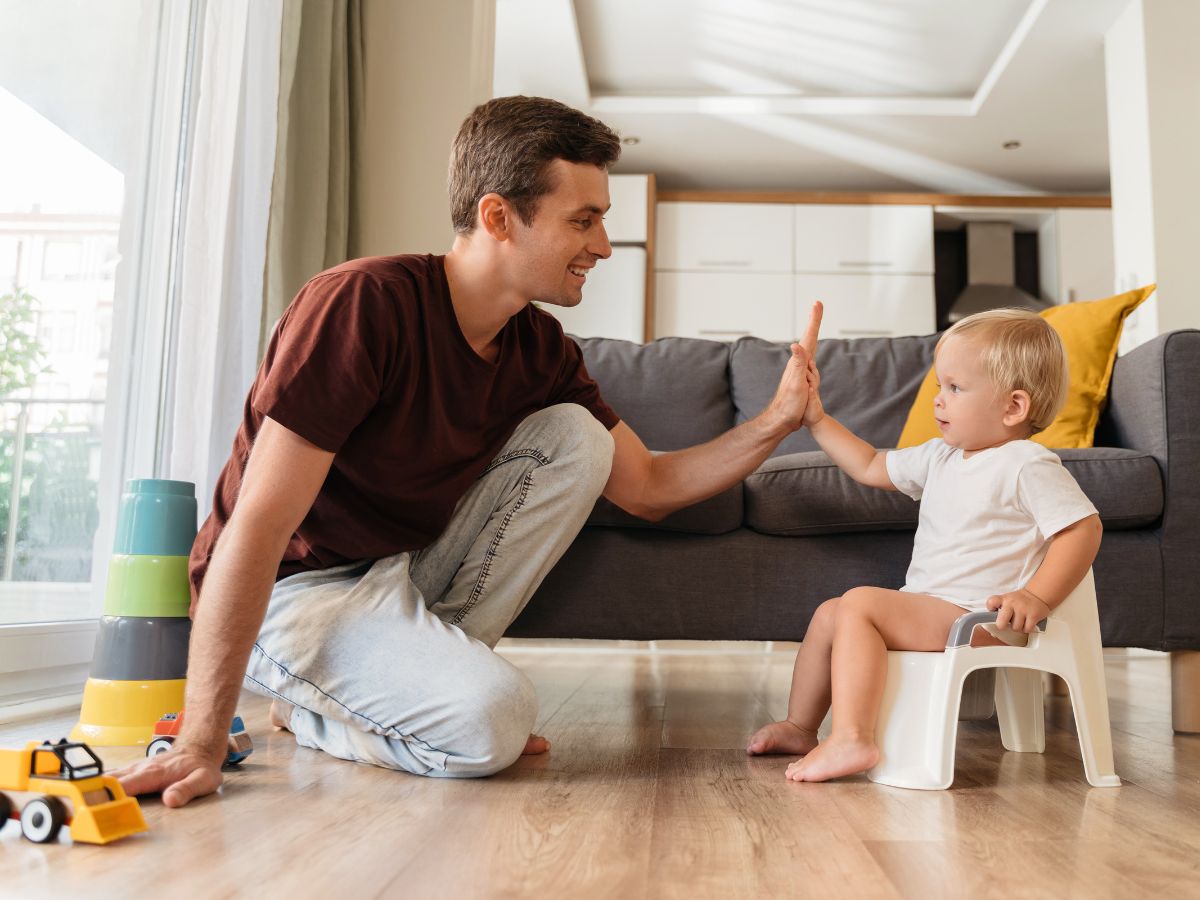
In order to get ready for potty training, imitation is a strong strategy. Children are more inspired to copy this behavior when they watch older family members using the bathroom on a regular basis since they see it as a sign of maturity.
4. Potty Training Readiness: Consistency and Routine
a. Harnessing Predictable Patterns
It is easier to start a disciplined toilet training schedule for kids who have regular bowel or urination routines. Predictability enables a smoother transition.
b. The Comfort of Routine
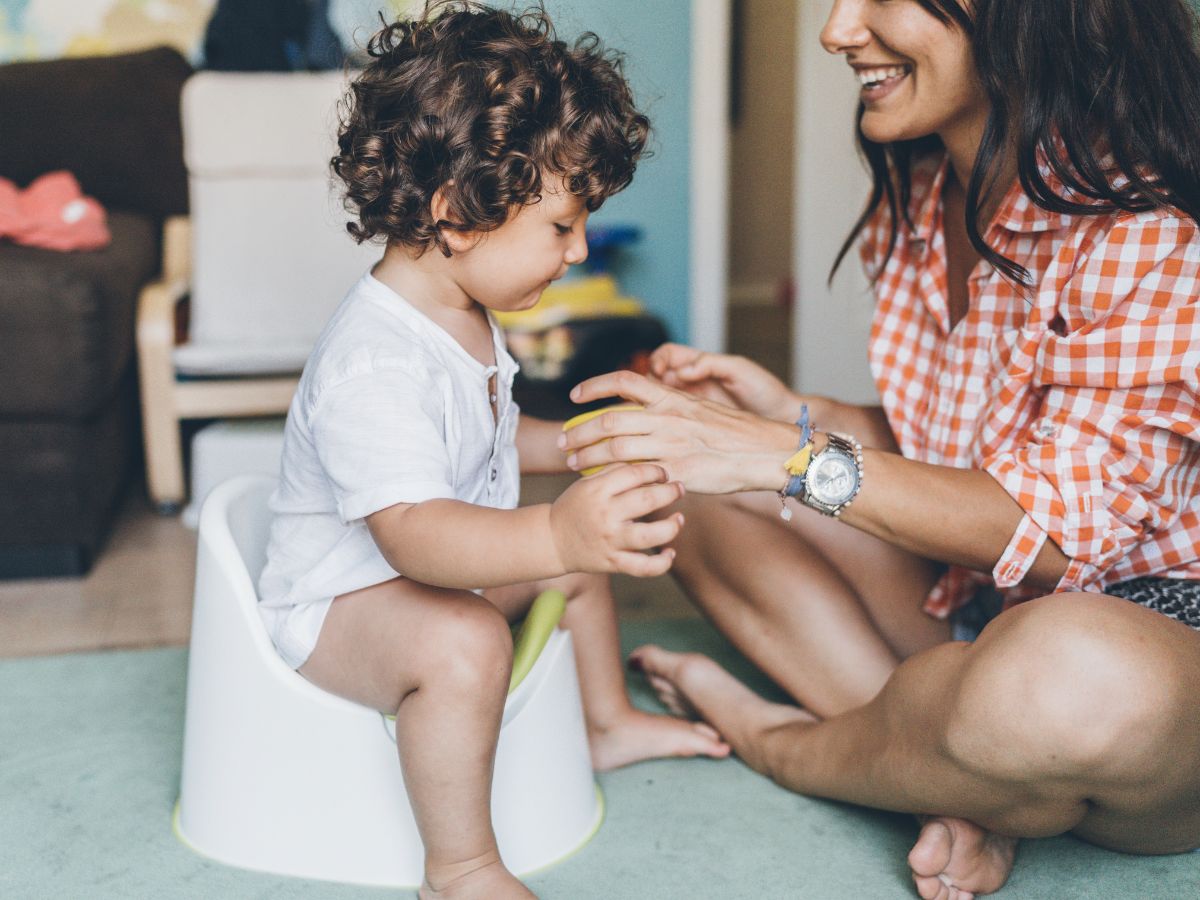
Making potty training a part of your child’s everyday routine makes the process less scary and more predictable. Consistency creates a sense of normalcy and motivates kids to use their newly discovered skills.
5. Emotional Readiness and Cooperation
a. Willingness to Collaborate
Potty training readiness is closely linked to a child’s willingness to cooperate. Children displaying enthusiasm for learning new skills are likelier to engage positively in potty training.
b. Addressing Resistance with Empathy

It is important to understand your child’s emotional state. Resistance can be overcome with a patient and encouraging attitude, ensuring that potty training remains an enjoyable activity.
6. The Role of Independence
a. Seeking Self-Sufficiency
You can often tell if a child is ready for potty training when they show a desire for more independence. This might include dressing themselves or doing things on their own. This newfound independence sets the stage for successful potty training.
b. Encouraging Independence
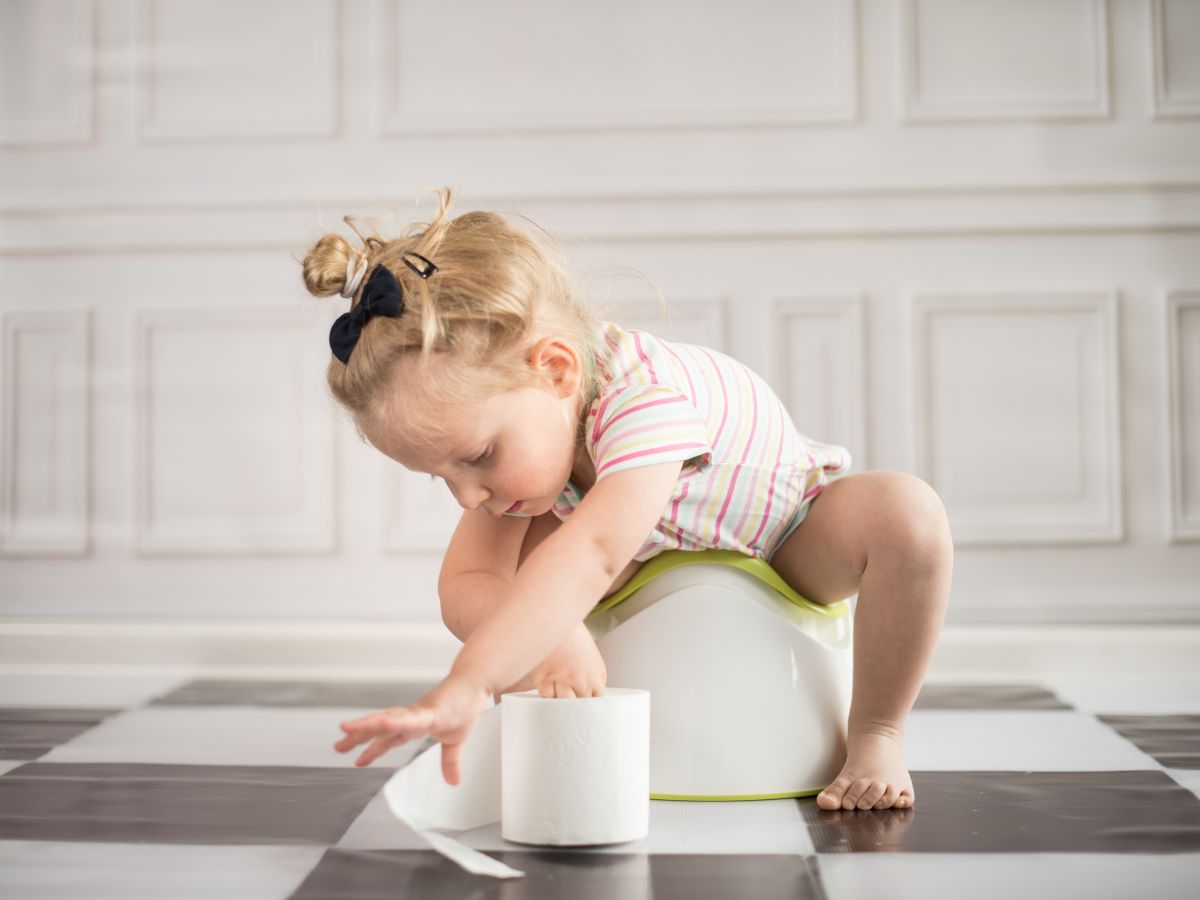
Encouraging independence in everyday duties encourages your child to feel good about themselves, preparing them for success when learning the skill of potty training.
7. Potty Training Readiness: Parental Preparedness and Patience
a. Evaluating Your Readiness
Parental commitment is necessary for effective potty training. Determine your level of readiness while keeping in mind that your child’s potty training journey depends on your support, consistency, and patience.
b. Cultivating Patience
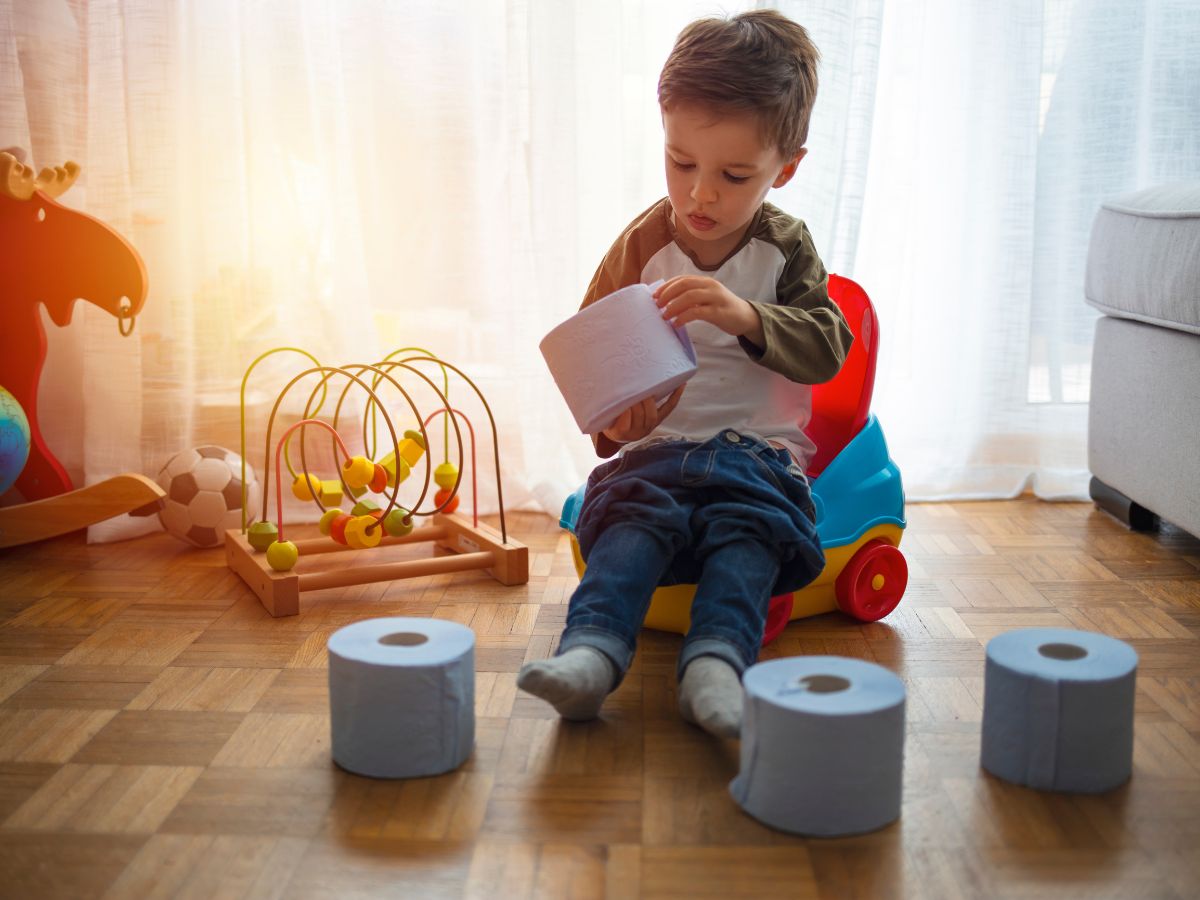
Each child’s development is different. As you overcome challenges and appreciate little successes, use patience to promote an atmosphere of learning and progress.
A combination of mental, emotional, and developmental characteristics determines child’s preparedness for potty training. Parents can approach potty training with knowledge and confidence if they recognize these signs. Setting the foundation for your child to embrace this milestone and begin a journey of independence and self-care involves creating an atmosphere of support and empathy. Potty training is more than just a transition; it is an achievement that prepares the path for your child’s ongoing growth and development.
